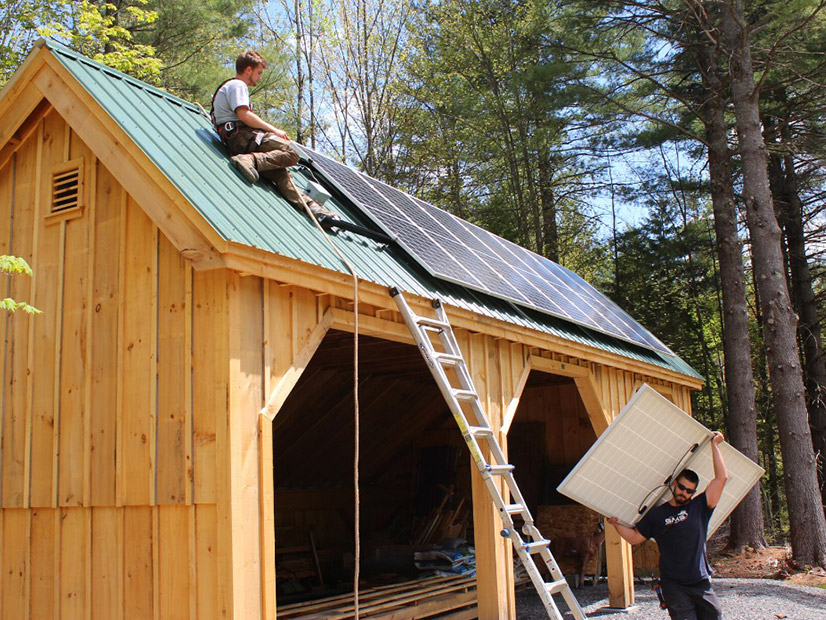Gov. Phil Scott on Tuesday
signed a $7.3 billion fiscal year 2022 budget for Vermont that includes $250 million for climate change mitigation.
A portion of the funds allocated for climate-related efforts will come from Vermont’s $1.05 billion American Rescue Plan Act aid to be spent over the next four years.
“With smart state investments and a very strategic approach for using federal funds, this budget puts us on a new path to a more prosperous and equitable future for all of Vermont,” Scott said in a statement.
The budget sets aside $50 million in federal aid for home weatherization, workforce development and renewable energy development, among other things. Weatherization funding includes $18 million for programs provided by the Department of Children and Families, Vermont Housing Finance Agency and Department of Public Service (DPS).
Efficiency Vermont will receive $2 million for workforce development and expansion of its Heat Squad program, which helps homeowners plan renovations and provides home and energy loans.
The DPS also is charged with using $10 million to support renewable energy project deployments that benefit low-income Vermonters.
Regional planning commissions in the state will be responsible for developing an allocation plan for $1 million from the state General Fund to provide energy planning services for municipalities.
The state also will pay $1.5 million from the General Fund through 2024 for financial and clean energy coaches that can assist low- and middle-income Vermonters to reduce reliance on fossil fuels.
Other Legislation
Scott also signed two bills last week intended to help reduce greenhouse gas emissions in the transportation sector and provide a regulatory framework for the use of energy storage in the state’s electric system.
H.433 sets budgets for alternative transportation initiatives and electric vehicle programs.
It includes $5 million for new park-and-ride facilities and $21 million for bike and pedestrian construction and expansion projects.
Opportunities for deploying EV supply equipment include $1 million for a pilot project at a multiunit affordable housing facility. An additional $5.5 million will be used for EV incentives, which includes the creation of a new Replace Your Ride program to encourage residents to remove older cars from the road.
H.431 provides clarity on the application guidelines for energy storage facilities, setting out obligations based on size. Anything larger than 1 MW must go through a full application process for a certificate of public good. In addition, the Public Utility Commission must update interconnection rules by March 2022 to incorporate energy storage facilities larger than 1 MW and simplify procedures for facilities between 100 kW and 1 MW.
The act also establishes a tax assessment of 50 cents/kWh on stationary, standalone, grid-connected energy storage facilities with an energy rating of 600 kWh or higher.



